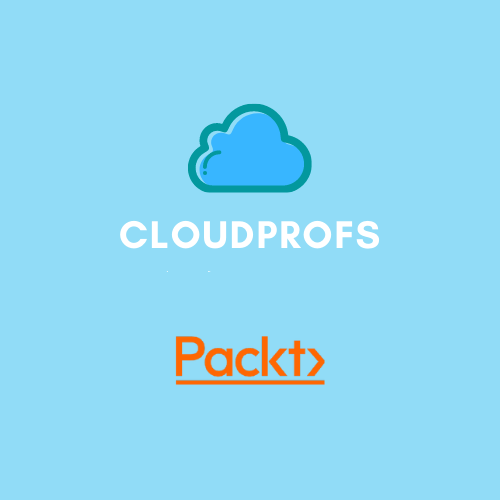“It works on my machine” – a phrase that every developer has uttered, at least once in his or her career.
Containers are the solution to the problem of how to get software run reliably when moved between computing environments. From a developer laptop to production environments, or from on-premises environments to cloud environments. By packaging all the required dependencies together with the application, you ensure that it can run in every environment. That is one of the reasons that container deployment is so successful nowadays. They also give you the portability to run exactly the same workloads across different cloud providers. You see that a lot of enterprises are heavily investing in multi-cloud environments. Gartner forecasts that by 2022, more than 75% of global organizations will be running containerized applications in production.
Microsoft Azure provides different solutions to deploy and run applications in Azure. In this article I will dive briefly into the various offerings that Microsoft provides for running container deployments and when to use what for your workloads.
With Web App for Containers, you can easily deploy your custom Docker images in Azure App Services and take advantage of the managed platform. Patching and managing is all handled for you by Azure. You can deploy both Windows and Linux containers. By running your containers in Azure App Services, you can also make use of the features that it provides, such as autoscaling, security, load balancing, DevOps capabilities such as continuous deployment from Azure DevOps, GitHub, Docker Hub, and other sources. It also provides package management, staging environments, custom domain, and TLS/SSL certificates and integration with other PaaS services in Azure and Azure AD.
When to use Azure Web App for Containers: If your development team is already familiar with Azure Web Apps, you have one or a few long-running containers/services that are being deployed, you want to deploy container applications quickly, don’t want to manage the platform, and run containers on a small scale. And at last, you want to take advantage of built-in auto-scaling capabilities available through Azure Monitor.
Azure Container Instances (ACI)
Azure Container Instances is a fully managed service and offers the fastest and simplest way to run a container in Azure, without having to manage any virtual machines and without having to adopt a higher-level service. ACI offer significant startup benefits over virtual machines (VMs). Azure Container Instances can start containers in Azure in seconds, without the need to provision and manage VMs. You can also run Windows and Linux containers in ACI. ACI can also provide ‘virtual nodes’ to form the backbone of a serverless cluster within AKS.
When to use Azure Container Instances: if you want to get started with containers, you only want to pay based on consumption, have simple requirements and have short-lived workloads that respond to on-demand events or schedules, ACI is a well fitted solution.
Azure Kubernetes Services (AKS)
For scenarios where you need full container orchestration, including service discovery across multiple containers, automatic scaling, and coordinated application upgrades, AKS is recommended. Kubernetes has established itself as the standard for container orchestration nowadays. Azure offers a fully managed service for Kubernetes that offers integrated features such as identity with Azure AD, networking and monitoring capabilities. It also reduces the configuration overhead of the cluster.
When to use Azure Kubernetes Services: if you’re looking to run containers at scale with flexible networking and customization options. If you also want your infrastructure to be portable for on-premises and other cloud providers and want to use as many open sources tooling as possible. If you also have a development team that is familiar with Kubernetes, AKS is a good solution.
About the author: Sjoukje Zaal is a Microsoft chief technical officer at Capgemini, a Microsoft regional director, and a Microsoft Azure MVP with over 20 years of experience providing architecture, development, consultancy, and design expertise. She mainly focuses on cloud, security, productivity, and IoT. She loves to share her knowledge and is active in the Microsoft community as a co-founder of the user groups Tech Daily Chronicle, Global XR Community, and the Mixed Reality User Group. Sjoukje is co-author of the book Azure DevOps Explained.
Editor’s note: This article appeared in the sixth issue of CloudProfs, which can be found here.
Photo by Cameron Venti on Unsplash


